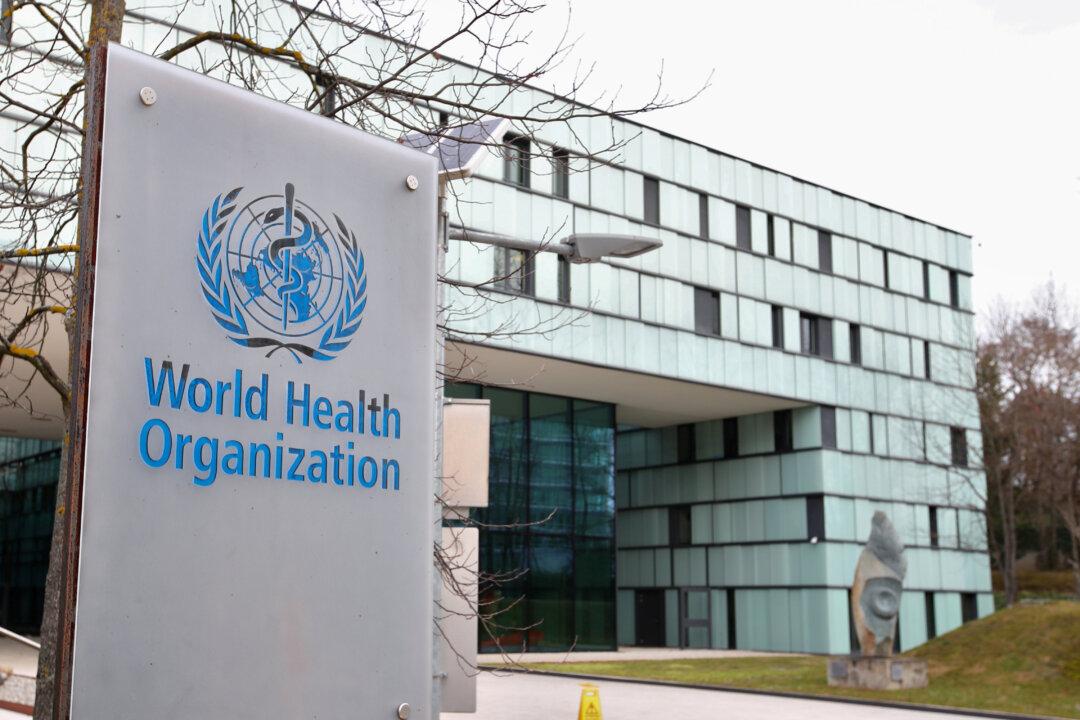Commentary
Skeptics of the growing “pandemic prevention, preparedness, and response” (PPR) agenda celebrated recently, heralding a perceived “defeat“ of the World Health Organization’s (WHO) controversial amendments to the International Health Regulations. Although the proposed amendments would have undoubtedly expanded the WHO’s powers, this focus on the WHO reflects a narrow view of global health and the pandemic industry.





